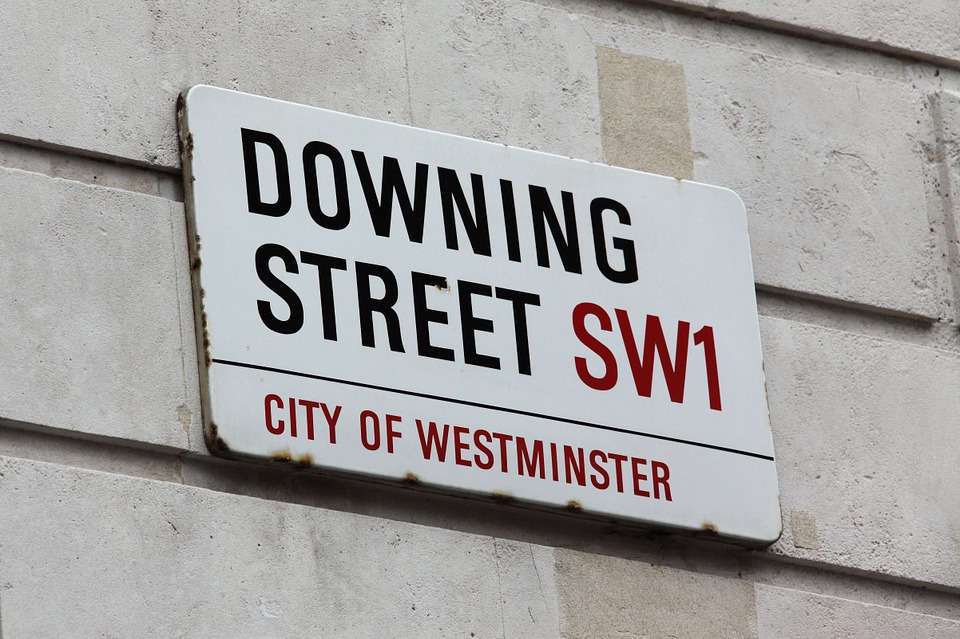The free school policy has been in effect for the past 8 years for over 500 schools. It has become controversial among ranks in the UK leaving a mixed feeling about the nature of its success.
The free school program still remains one of the most controversial policies in the UK education system. The project which was introduced under the leadership of Michael Gove, the then education secretary of the coalition government has marked 8 years since the first school opened doors to students.
The implementation of the free schools policy
The free school program involved state-funded schools independent of local authorities. The schools are however under the accountability of The Office for Standards in Education(OFSTED), making them similar to other state-funded schools. The number of free schools currently available in the country stands at 500.
A report from the Education Policy Institute has been released that attempts to gauge how the policy has faired in its 8 years. The main aim of the policy, as original implementers had intended, was to bring new ideas into the education system, advance the education system in the UK and help in amending new policies that would be in line with educational development.
However, 8 years down the line, the aims have been diluted. The good news is the policy, under the leadership of Boris Johnson, is making a resurgence. The prime minister has indicated that he is going to resume the project and has already announced a new wave of new free schools development across the country.
Project dependent on multiple factors
It is difficult to determine what success of this project entails. This is because the free school project depended on multiple factors and needs of the community within which such a project is being carried at. Some were set up in low-income neighborhoods as a necessity whereas some were as a result of few learning facilities in a given neighborhood regardless of their financial background.
The most important finding which is backed by the Office for National Statistics, however, is that high performing free schools ended up attracting students from other neighborhoods. The students coming to these schools were also leaving high performing paid schools to come to these free schools. The free schools have also gained popularity with parents due to their openness and resourcefulness.
Policymakers now need to ask themselves if the free schools are achieving high attainment for these students. They have to make sure that the project, if it has to proceed, has to be for the benefit of students in these schools. They have to honestly ask themselves if it benefits the students who are enrolled in the schools, particularly for the disadvantaged students.







